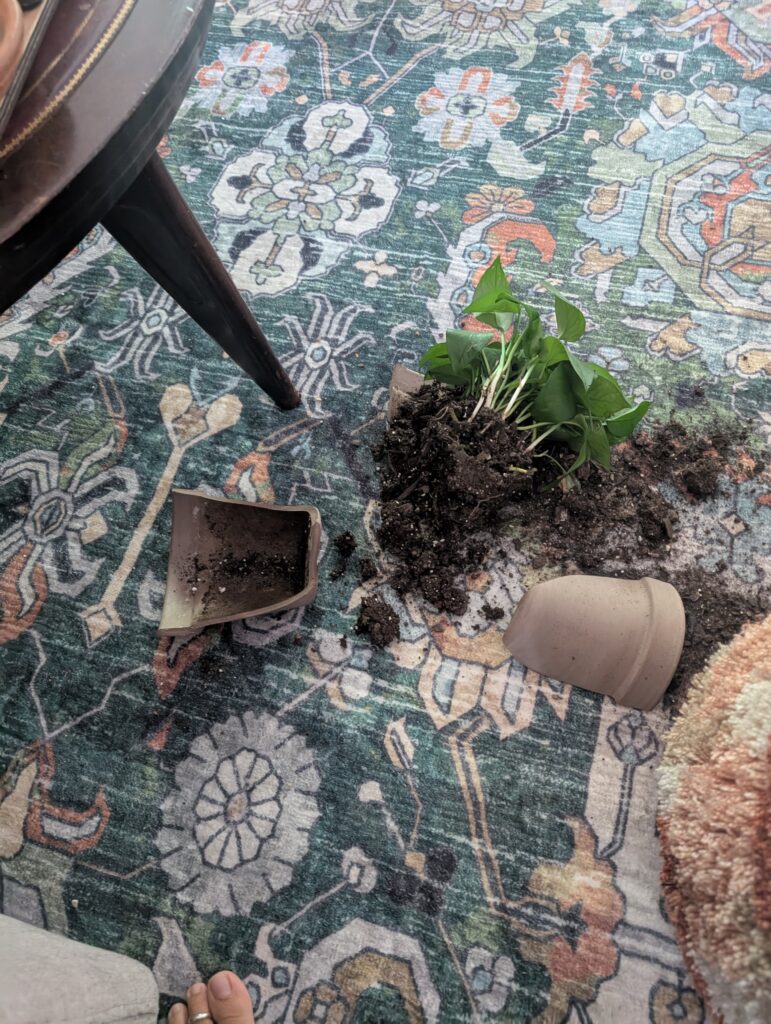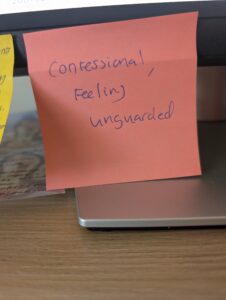Exteriorization brings a reprieve from a hotbed of ruminations. This Monday afternoon feels a lot like a Sunday evening. The streets are damp from rainfall. The rain’s slick attempt to assert itself without becoming a full tropical depression threw off my plans. Representing an inner state, clouds arrive and leave, and the asphalt is fragranted with petrichor. We are several days into rainy weather, and I forgot how the sun looks suspended in the lofty azure. I took the dog out for a walk at 2:00 p.m., and the streets looked as though it was a quarter before seven. It is now 4:00 p.m., but it looks like 1 p.m. Just like the weather, I am confused. It has outdone itself in attempting to be everything. Recent changes distress me, and it will be only weeks until I recoil to familiarity.
Could you make yourself useful?

Lately, dense clouds that eventually disperse greet me on weekend mornings. They are neither portentious in color nor productive of any rainfall. If you stay, could you make yourself useful? I thought. They loiter, confabulating near my parked vehicle.
Typically, I enjoy the rain and the thought of it. I support the idea of precipitation and how the sky needs to release. I support everything related to it: thunder, dry lightning, puddled gutters, raindrops on window panes, the sound, wet bangs. But I could also reposition.
We are of space.
You feel stuck, unable to escape this body, but you get out of bed anyway. You are riddled with the same preoccupations, continue to do someone else’s job, and somehow get through the day to spill into the evening. You wonder if something will fall onto your lap as you are busy doing something else.
It’s been a dread dragging these feelings, sulking, paralyzed by overfelt emotions, reeling thoughts, and identities.
This evening, I read a book. I was exposed to words that weren’t my own, and was hit by a creative compulsion. I thought about these rainy days. I thought about integration. Then I delighted in feeling at all.

